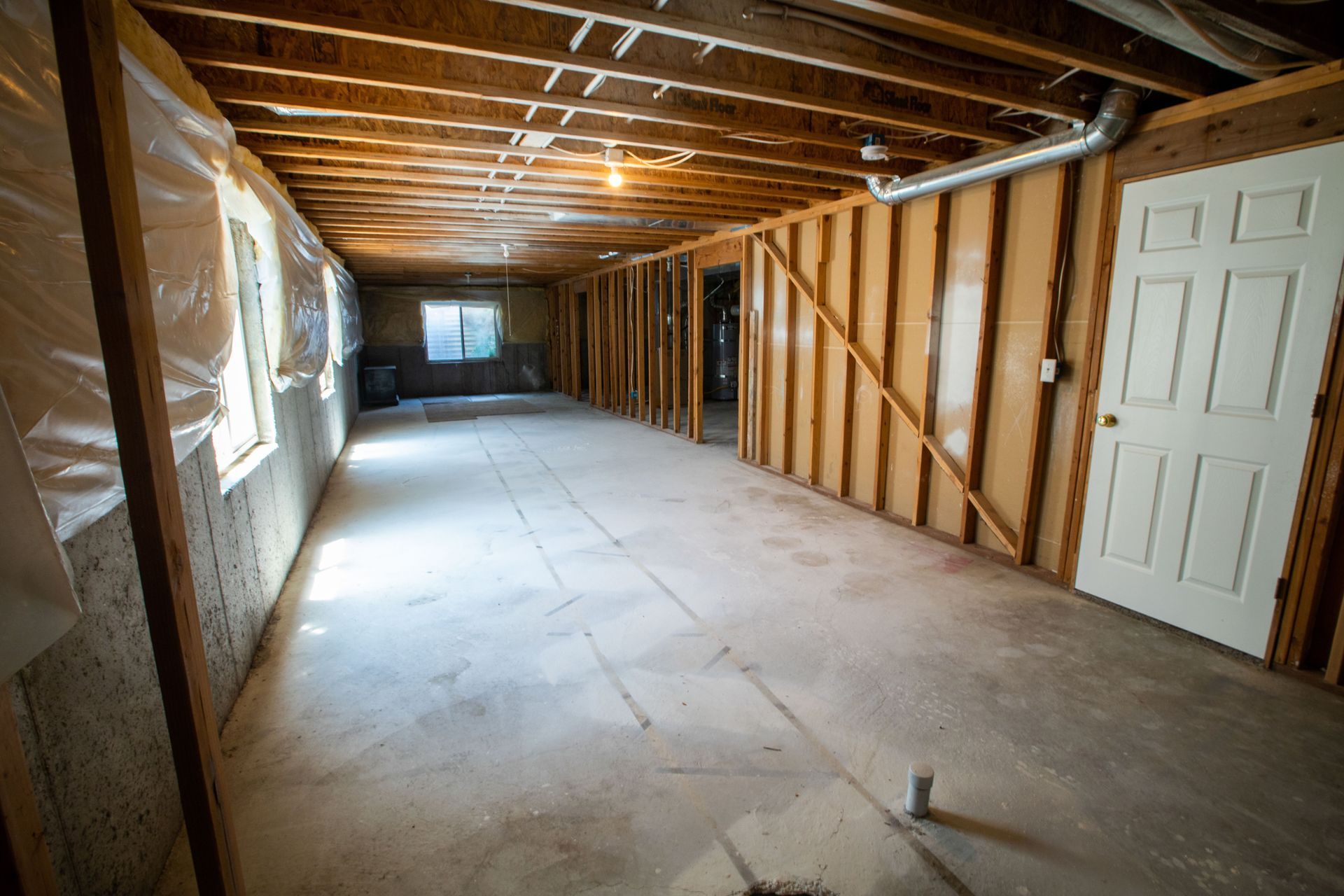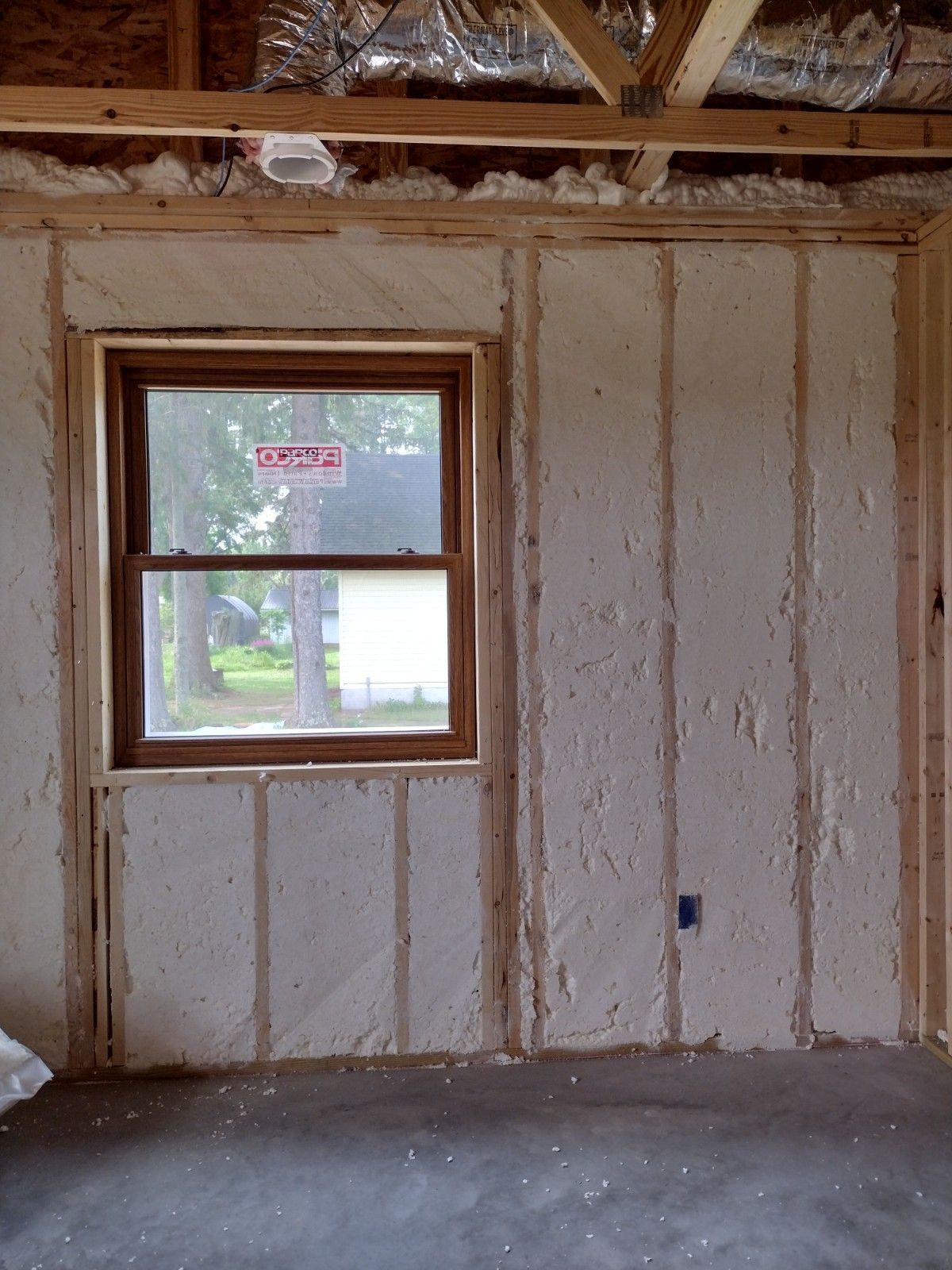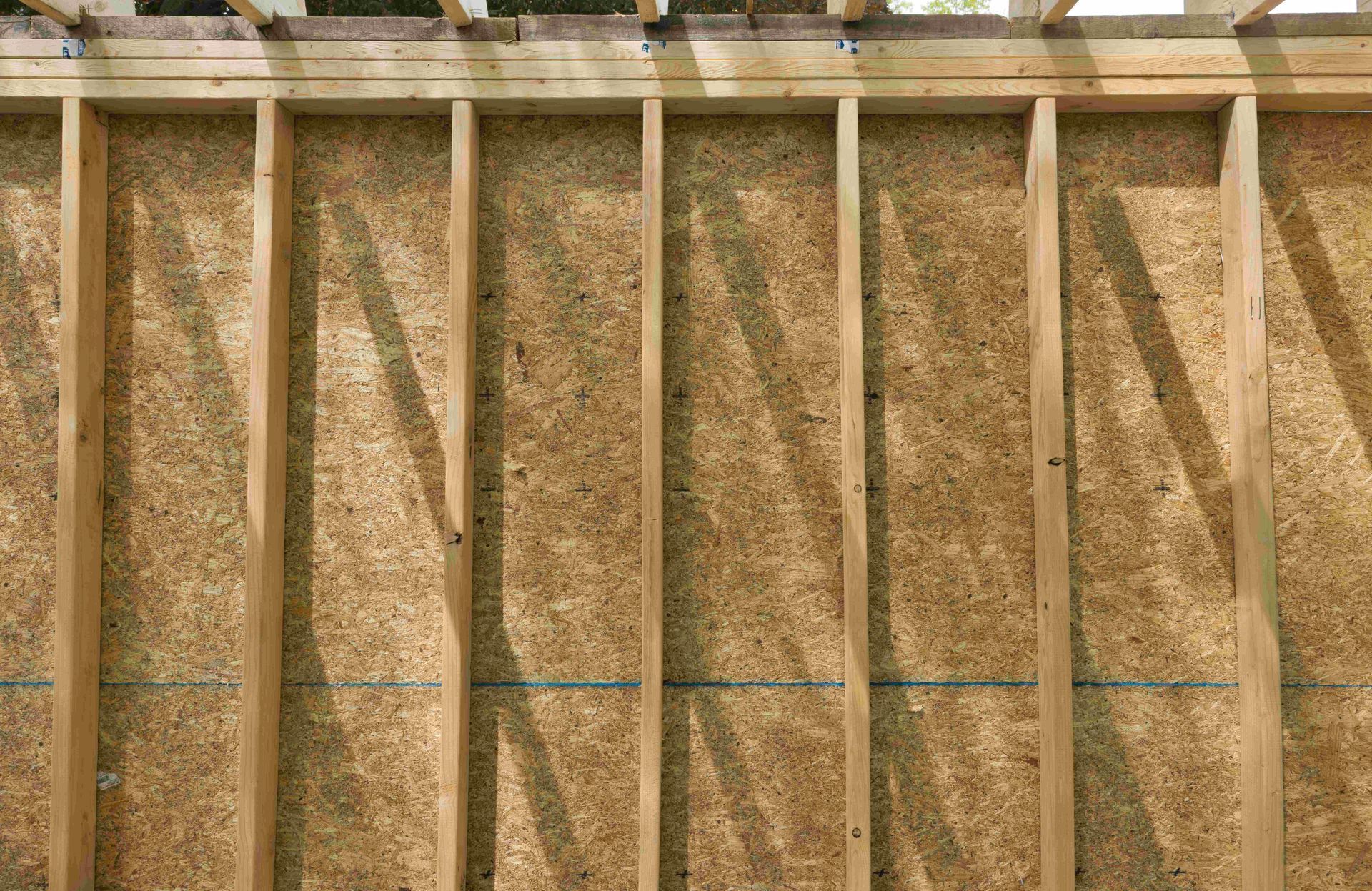Attics:
The attic is often a significant source of energy loss in a building. Traditional insulation materials may leave gaps or settle over time, compromising their effectiveness. Spray foam insulation, when applied in the attic, seals all openings and spaces between rafters and joists. This creates an efficient thermal barrier that prevents conditioned air from escaping, reduces the transfer of outdoor heat, and minimizes the risk of ice dams during colder months. As a result, the attic becomes a more comfortable and energy-efficient space.






